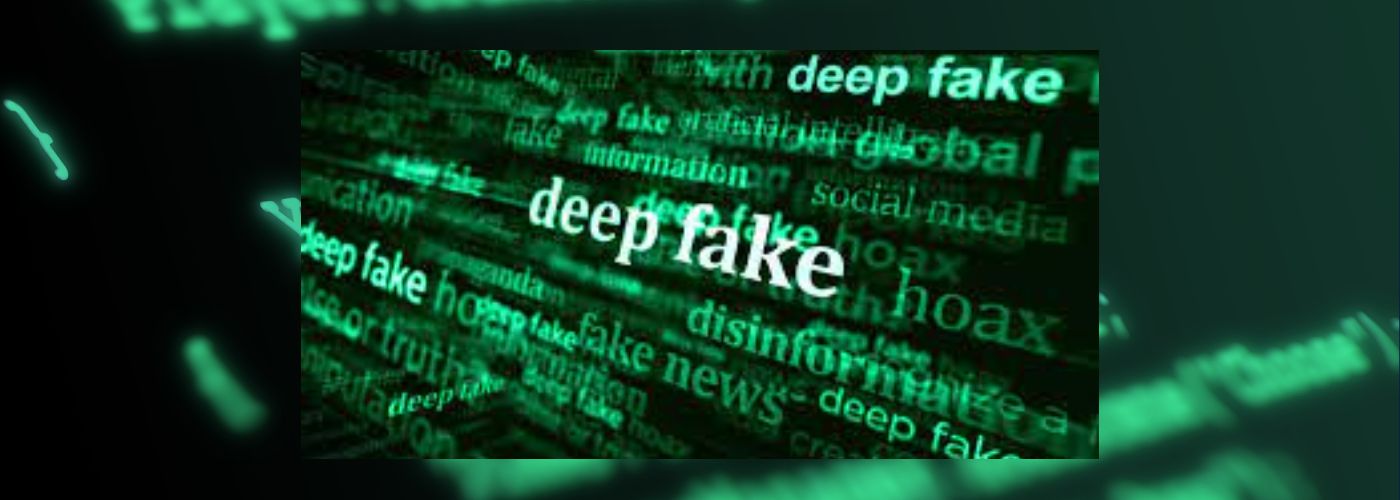In the era of digital alchemy, there are no boundaries to reality. Voices can be changed, appearances can be switched, and whole stories can be created out of thin air with a few clicks and a dash of code. Welcome to the disconcerting realm of deepfakes, where the masters of perception, like puppets, manipulate reality and trust in a dangerous game.
In addition to being a technological conflict, the fight against deepfakes and disinformation is also a social and psychological one. We need to be aware of these instruments’ ability to manipulate and wary of their hidden effect. Through acquiring knowledge and critical thinking skills, holding internet platforms accountable, and participating in candid and transparent communication, we can take back control of our story and stop the decline of public confidence in an already fractured world.
How do Deepfakes work?
https://theaisummer.com/deepfakes/#how-do-deepfakes-work

The Increasing Complexity of Deepfakes
Using AI technology, it’s now simpler than ever to record and produce incredibly lifelike audio and video of anyone saying or doing anything. This makes it more difficult, particularly for the typical internet user, to distinguish fact from fiction.
Deepfakes can be used by malicious parties to:
- Disseminate propaganda and false information.
- harm people’s or organizations’ reputations.
- Plant division and mistrust in government agencies.
- Influence political processes, including elections.
The Disinformation Landscape
Deepfakes are just one tool in a large arsenal of deception tactics. Erroneous information is amplified by social media sites and echo chambers, making it challenging to confirm facts and sources.
Disinformation operations frequently target particular groups and make use of preexisting prejudices or fears. Polarization and societal unrest may result from this.
The Challenges and Potential Solutions
A complex approach that includes media literacy campaigns, technological advancements, and ethical concerns is needed to combat Deepfakes and disinformation:
1. Technological Advancements:
- Deepfake detection algorithms: To detect deepfakes, researchers are using artificial intelligence (AI) systems that can examine voice patterns, facial expressions, and other minute indicators.
- Digital watermarking and authentication technologies: Content can be authenticated and its provenance traced by using hidden identifiers.
- Platforms for fact-checking and verification: To deliver trustworthy information, cooperative efforts to fact-check content and disprove false information are essential.
2. Media Literacy and Education:
- Critical thinking skills: To successfully navigate the internet environment, people need to be able to analyze information, recognize biases, and assess sources.
- Research techniques and source verification: People’s ability to withstand misinformation can be strengthened by learning how to confirm information from reliable sources and a range of viewpoints.
- Open and respectful dialogue: Encouraging discussions between people of different ideologies can lessen polarization and increase understanding.
3. Ethical Responsibility and Regulation:
- Platform accountability: Social media companies and content producers must stop the spread of false information and deepfakes, among other harmful materials. This might entail putting stronger content management guidelines into place, working with researchers to develop detection techniques, and supporting media literacy campaigns.
- Government regulation: To counter the exploitation of deepfakes and misinformation, clear legal frameworks and rules should be developed. This would dissuade bad actors and hold them accountable.
- International cooperation: To meet this transnational problem, international cooperation and knowledge sharing are essential.
Tips to Protect Yourself from Deepfakes
1. Become a Skeptical Sleuth:
- Don’t believe everything you see online: don’t assume something just because it seems plausible. Treat content that is emotionally driven and makes spectacular claims with a fair amount of skepticism.
- Question the source: Think about where the content came from. Is it from a random social media account or a reliable news source? Look for verification badges and look into the history of the website.
- Look for inconsistencies: Be mindful of small elements, such as lighting, speech patterns, and facial expressions. Do things appear a little strange? Deepfakes frequently feature undetectable hiccups or strange motions.
2. Harness the Power of Verification:
- Verify the facts before sharing: Refrain from assisting in the dissemination of false information. Verify the assertions made by using fact-checking resources and websites such as PolitiFact, Snopes, and Google Fact Check.
- Reverse image search: Use search engines like Google Photos or TinEye to upload dubious screenshots or photos and determine whether they come from another source. This may make modified content easier to find.
- Examine a variety of sources: Never rely solely on one information source. To obtain a more comprehensive picture, cross-reference statements with authoritative news sources and other viewpoints.
3. Boost Your Critical Thinking Skills:
- Increase your awareness of the source: Be aware of the things you do online. Choose reliable news sources, follow reporters who are reputable for their fact-checking, and vary the sources you get your information from.
- Think before you share: Take a moment to think things through before clicking “share”. Think about the consequences and harm that disseminating unreliable information may entail.
- Engage in civil discourse: Encourage courteous and candid conversations, even with people who disagree with you. The constructive debate and idea-sharing that characterize critical thinking are essential.
4. Stay Informed and Vigilant:
- Follow the most recent trends: As deepfake technology advances, your ability to recognize them should also advance. Learn about new research projects and detecting technologies.
- Report suspicious content: Contact the platform where you discovered any deepfakes or deceptive material. The majority of platforms include reporting tools for offensive content.
- Raise awareness: Discuss the risks associated with deepfakes with your friends, family, and coworkers. Creating a more robust knowledge ecosystem requires education on the part of others.
Recall that you possess the ability to overcome this obstacle. Be a discriminating information consumer; share trustworthy sites and do fact-checking. By working together, we can make sure that the digital era fosters thoughtful conversation rather than misrepresented stories.
